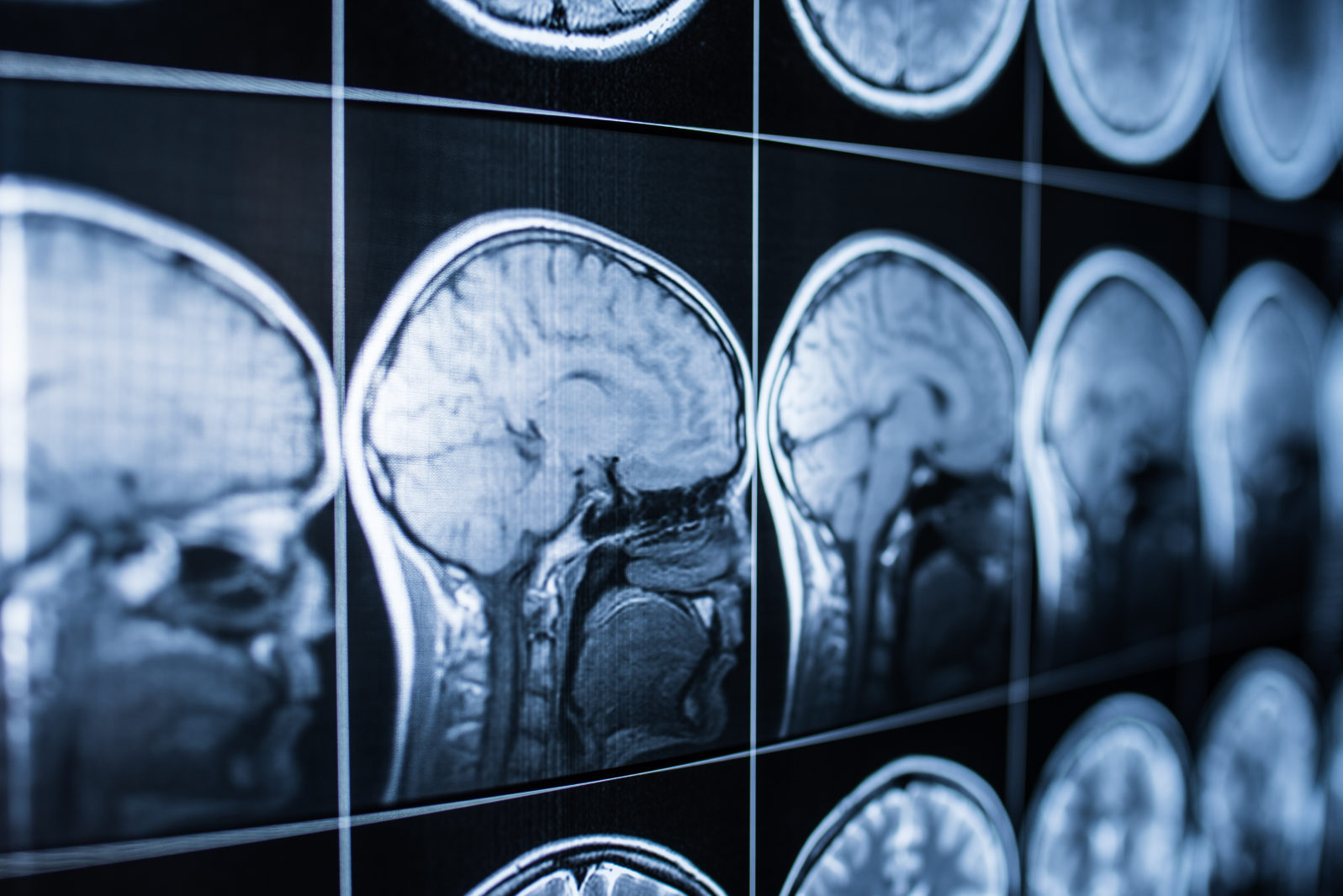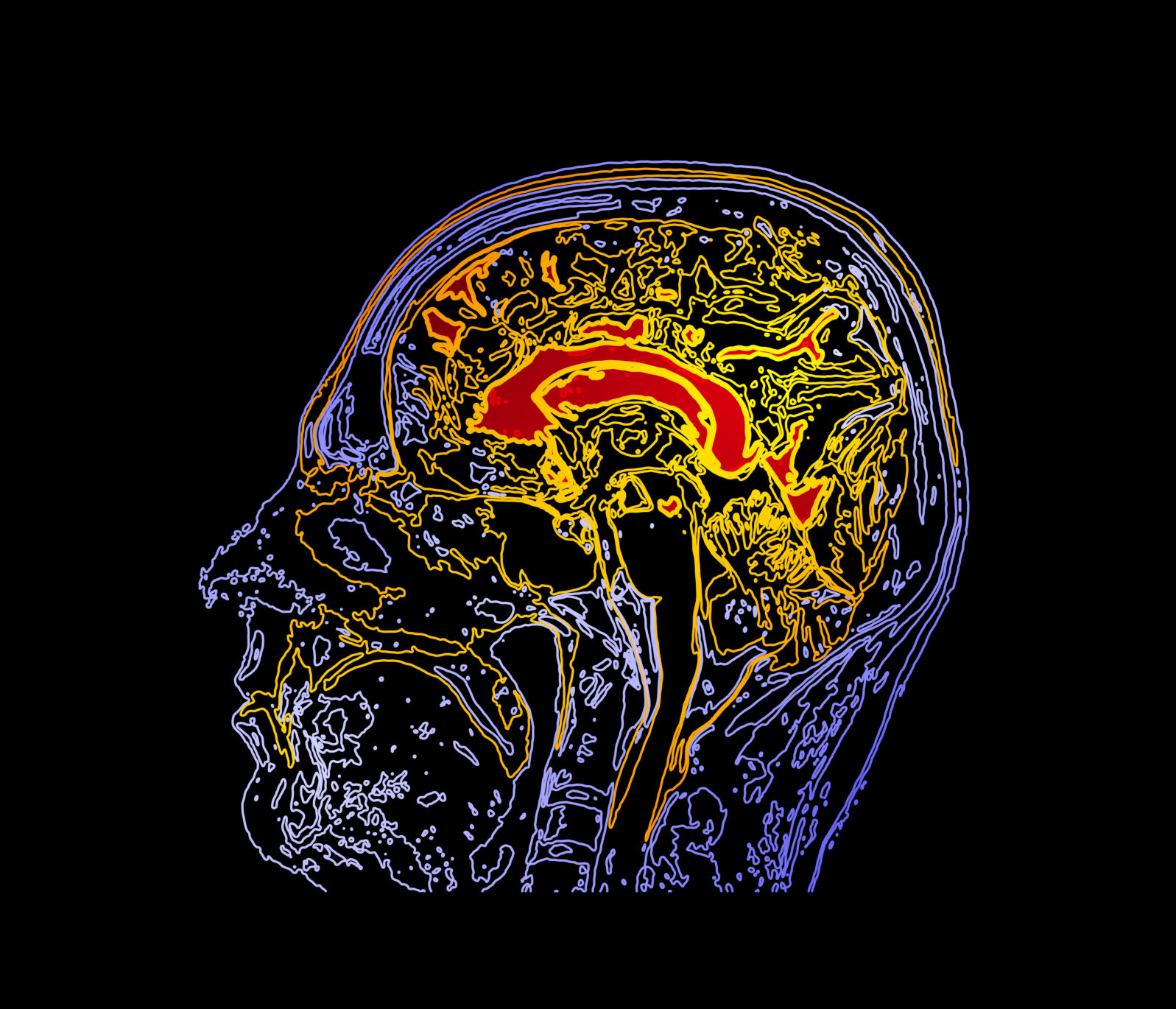What Can Mapping the Whole Brain Tell Us About Ourselves?
Researchers attempting to map the brain must contend with massive complexity at every level, as a report in Nature showsThe worm and fly brains have been mapped. The mouse brain has, in part, been mapped. But the human brain offers the real challenge for the researchers working around the clock. Our brains are not just more complex; they are more complex on a number of dimensions:
To truly understand how the brain works, neuroscientists also need to know how each of the roughly 1,000 types of cell thought to exist in the brain speak to each other in their different electrical dialects. With that kind of complete, finely contoured map, they could really begin to explain the networks that drive how we think and behave.
Alison Abbott, “How the world’s biggest brain maps could transform neuroscience” at Nature (October 6, 2021)

We hear about these new types of cells as they are identified (there is even a census in the works) . The hope is that a complete map will enable new therapies for cognitive disorders like Alzheimer. But the brain mapping projects, begun nearly a decade ago, are still in the early stages:
The consortium [BRAIN Initiative Cell Census Network (BICCN)] has mapped the cell types in around 1% of the mouse brain, and has some preliminary data on primate brains, including humans. It plans to complete the whole mouse brain by 2023. The maps already hint at some small differences between species that could help to explain our susceptibility to some human-specific conditions such as Alzheimer’s disease.
Alison Abbott, “How the world’s biggest brain maps could transform neuroscience” at Nature (October 6, 2021)
It’s a big job:
In 2006, the Allen Institute created a gene-expression atlas showing where in the mouse brain each of its roughly 21,000 genes are expressed. It took 3 years for around 50 staff to build the Allen Brain Atlas one gene at a time — and its value was instantly recognized by the neuroscience community. It is updated regularly and continues to be widely used as a reference, helping scientists to locate where their gene of interest is expressed or to study the role of a particular gene in a disease.
Still, the community wanted more. “We wanted to be able to see every gene that is expressed in every cell at the same time,” says Hongkui Zeng, director of the Allen Institute for Brain Science. The different patterns of gene expression in individual cells would allow researchers to define which type of cell they were — an ambitious task because the mouse brain contains more than 100 million cells, two-thirds of which are neurons. (The human brain is three orders of magnitude larger, with more than 170 billion cells, of which half are neurons.)
Alison Abbott, “How the world’s biggest brain maps could transform neuroscience” at Nature (October 6, 2021)
Human brains differ from mouse brains in more than just size. We have more different cell types and a different balances in types of neurons. Neuroscientist Ed Lein of the Allen Institute offers, “These cumulative differences could lead to profound changes in how the human cortex is organized and functions.”
So then, what makes the human brain special?
What makes the human brain special will come down to differences in the cellular diversity, the proportions of the cell types, the wiring of the brain and probably much more, says neuroscientist John Ngai at the University of California, Berkeley, who heads the US BRAIN Initiative. “There’s no simple answer to this age-old question.”
Alison Abbott, “How the world’s biggest brain maps could transform neuroscience” at Nature (October 6, 2021)

No simple answer indeed! The brain is full of surprises. Much that happens is not what we might expect. Here are some of the situations brain mappers must confront to provide the rest of us with insight:
➤ A computer model of the brain won’t really work. Our brains are not like computers although they do have some resemblance to billions of them working together. Even the axons in our nerve cells are “smart PCs.” As a result, we are told, far-flung regions (thousands of cell body widths from their nucleus) can even make independent decisions.
➤ A complete DNA map of the brain won’t be a Big Answer either. Our brains break DNA in order to learn more quickly: “to express learning and memory genes more quickly, brain cells snap their DNA into pieces at many key points, and then rebuild their fractured genome later” – Quanta
➤ The brain is both eclectic and orderly at the same time. For example, gray matter isn’t the simple big big explanation many of us have assumed: Connection—the connectome—is the astonishing feature of the brain. Mapping the “connectome” — all the connections in the brain—researchers expected a huge, random tangle. They found a street map.
➤ In the brain, things may not be in one place or in a place we expect. Most parts of the brain are involved in processing signals. Mouse studies found brain waves that can bypass synapses and gaps and even communicate with severed nerves. Our conscious visual perception lies outside our visual field. And memories can drift from neuron to neuron.
➤ Damaged or deficient brains can work well in ways that are just baffling at present. People with brains that have been split in half to control epilepsy function normally. Some people think and speak with only half a brain or even less.
The proposed whole brain map will probably shed light on many of these situations. Those it doesn’t shed light on are probably a new frontier.
You may also wish to read:
Study: The human brain and the universe are remarkably similar. It looks as though the universe is not random but rather patterned in the way it unfolds. When an astrophysicist and a neurosurgeon compared notes, they were surprised by the way the brain follows the same pattern as the universe.
